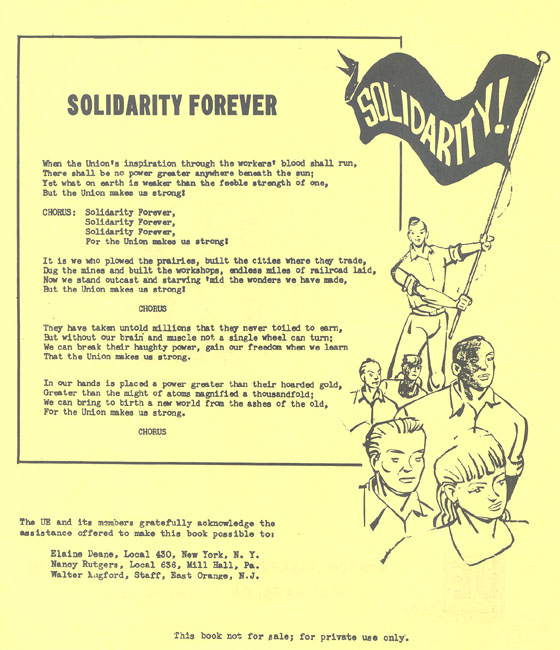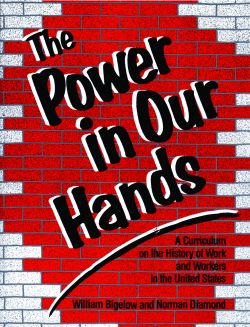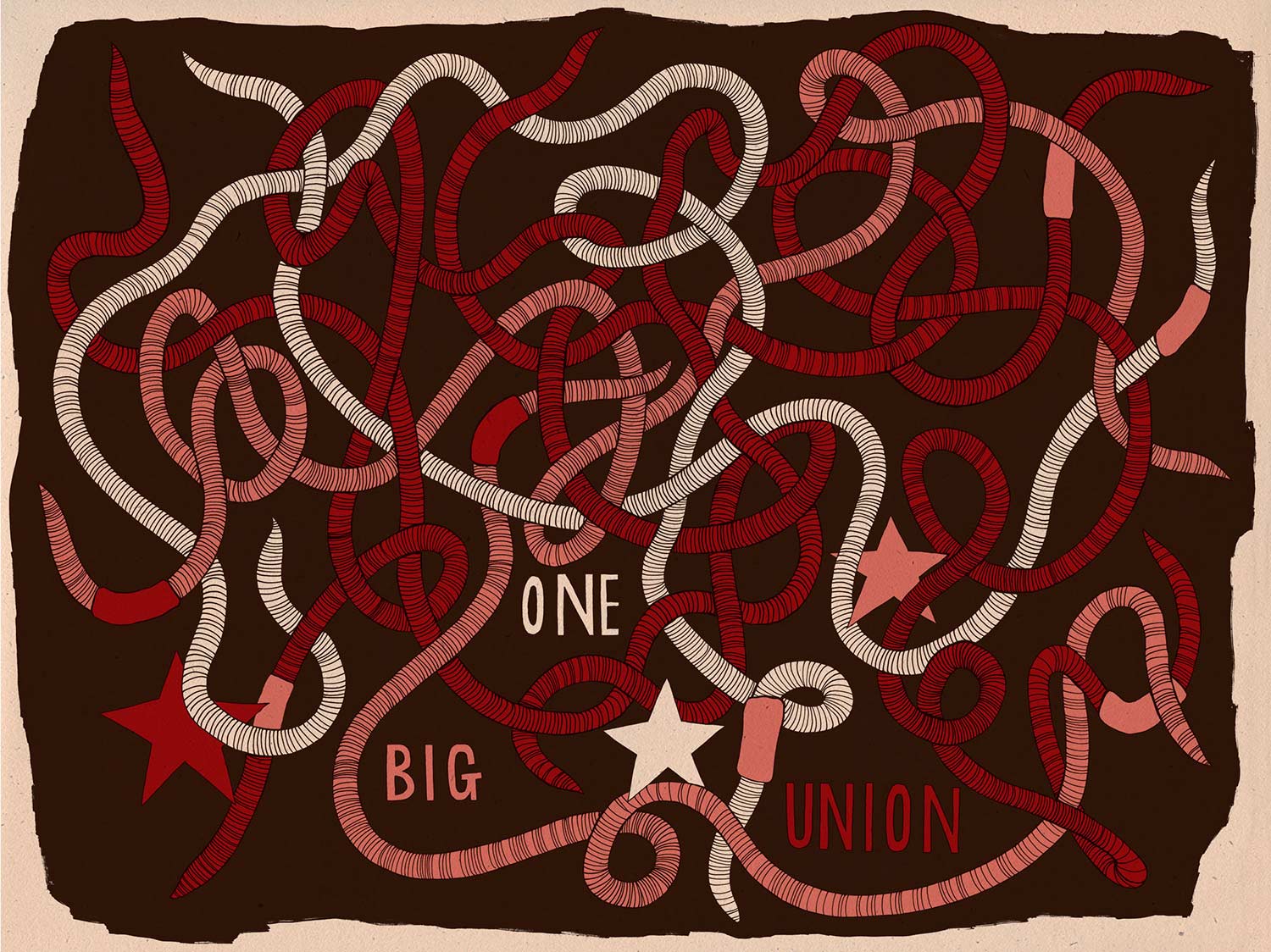 Culture, and music in particular, can play a large role in sustaining a common sense of interests, goals, and expectations. When labor culture has declined, so has people’s ability to work together. Labor songs are therefore much more than simply work songs. They help create solidarity and understanding.
Culture, and music in particular, can play a large role in sustaining a common sense of interests, goals, and expectations. When labor culture has declined, so has people’s ability to work together. Labor songs are therefore much more than simply work songs. They help create solidarity and understanding.
Lawrence, 1912, was known as the “singing strike.” Students may have already heard the song “Bread and Roses” and discussed the role of singing in that strike. In this lesson, they’re introduced to some further labor classics; they analyze and evaluate songs that have played a role in U.S. labor history. They’re also given the opportunity to reflect on what they’ve learned of labor history by creating their own songs and poems.
The Power In Our Hands — Available for Download
This is one of the 16 lessons available from The Power In Our Hands. Other lessons available for individual download are:
Opening
Unit I: Basic Understandings
Unit II: Changes in the Workplace/”Scientific Management”
- Paper Airplane Simulation
- Free to Think, Talk, Listen, or Sing
- Modern Times
- “Taylorizing” Burgers: A Fantasy
Unit III: Defeats, Victories, Challenges
Unit IV: Our Own Recent Past
- It’s a Mystery—White Workers Against Black Workers
- Southern Tenant Farmers’ Union: Black and White Unite?
- 1934 West Coast Longshore Strike
- Union Maids
Unit V: Continuing Struggle
Order the book online from Monthly Review.









Twitter
Google plus
LinkedIn